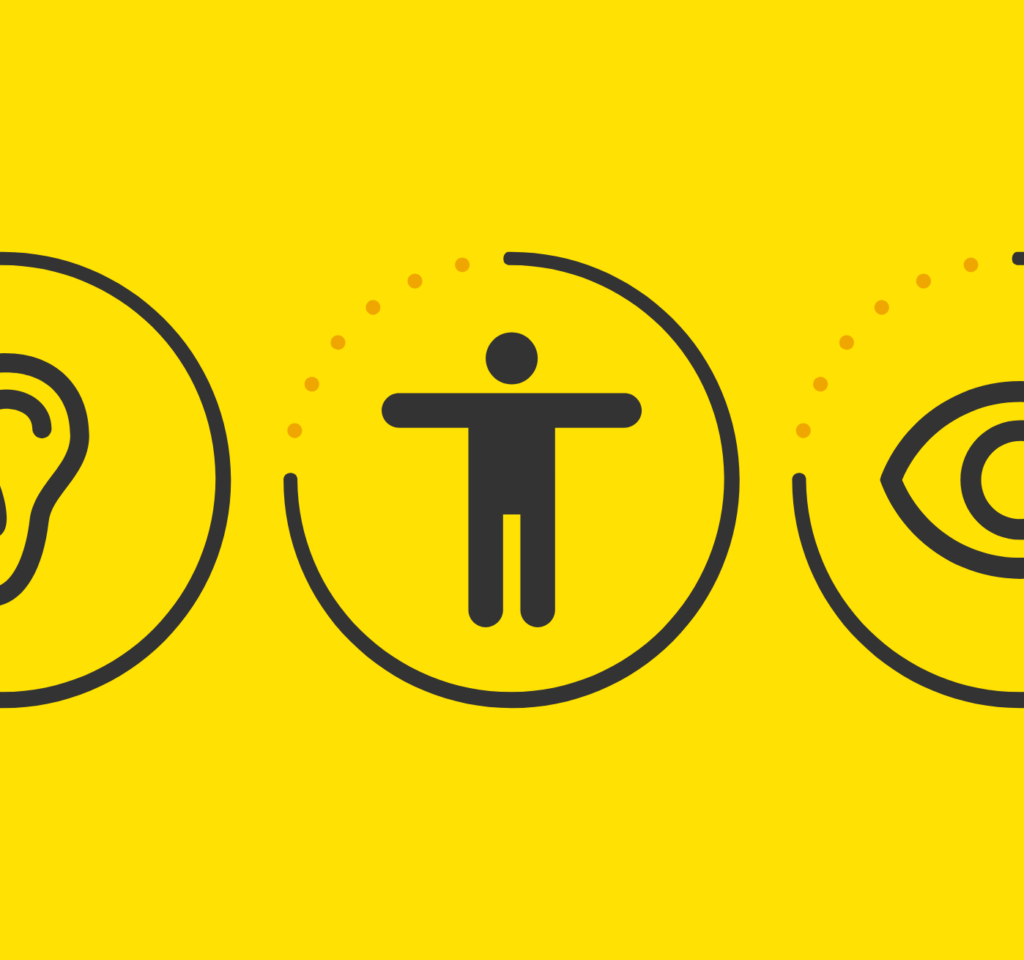You’ve launched, but can everyone access your website? ADA/WCAG compliance matters.
Have you ever visited a website on a mobile phone over a slow network? Struggled to understand how to navigate a website? Had a difficult experience viewing an image or text?
If so, you’ll know why building a system that works for every user is important.
You may have noticed the recent spike of ADA compliance lawsuits in the news, but there are implications for your general audience to consider beyond legal issues. As of 2016, 10 percent of American adults experienced vision loss, including “individuals who reported that they have trouble seeing, even when wearing glasses or contact lenses, as well as to individuals who reported that they are blind or unable to see at all.”
As an agency, and as humans, we strongly believe accessibility is a right and we have an obligation to build websites that are fair for all. Building in ADA-friendly features, such as high contrast and text tags for images, makes a better website for everyone. All our sites launch with ADA, but sometimes you need a more in-depth ADA strategy. Our ADA programs create better experiences for all users, abled and differently abled.
The Web Content Accessibility 2.0 Guidelines (WCAG) acknowledge that different audiences have specific accessibility needs which require a range of technical solutions. The WCAG criteria are informed by four principles:
- Perceivable: information is presented to users in ways they are able to perceive.
- Operable: Users are able to operate an interface.
- Understandable: Users are able to understand the content and operations presented on a user interface.
- Robust: Content can be processed by assistive technologies, and remains accessible as those technologies advance.
The WCAG outlines three conformance levels: A, AA and AAA:
- Level A is the lowest level of compliance and impact. It primarily addresses how media and information is formatted and has minimal effect on the actual site structure. Conformance with Level A still does not guarantee that your site will meet legal standards pertaining to web accessibility.
- Level AA, addresses the most common accessibility issues pertaining to visibility and navigation. Most websites aim for Level AA compliance because it can generally be implemented without affecting core website functions.
- Level AAA requires that a website adheres to the full range of accessibility factors at an advanced level. Most sites do not aim for AAA compliance across all the pages of a website because the level requirements can affect some interactive content and functions.
Refer to this W3 Checklist for a detailed breakdown of requirements at each level. We’re happy to chat further about what level of conformance is right for your project.
Some of the tools and techniques we use to help ensure success include:
- Website auditing tools, such as Monsido
- Manual spot checking
- Checklists of best practices
- Consistent UX and navigation
- Proper HTML tagging
- Regular review of ADA/WCAG best practices
Related Posts
Our Accessibility Crew
Contact us for help with ADA and WCAG compliance
If you’re ready to get started, contact us using the form below:

















